
DVD
Rough Diamond, 2-vol. boxed set, Acorn Media, Silver Spring, Md., 297 minutes, $39.99.
IMAGINE GETTING SENT TO PRISON for three years on purpose, just so you can break out, steal £3 million in diamonds and break back in to provide a perfect alibi. It’s easier if you’ve got everyone convinced you’re just a harmless old geezer.
David Jason runs riot in this terrific four-episode series available to U.S. audiences for the first time. If you liked him in Darling Buds of May, Only Fools and Horses and A Touch of Frost, you will adore him as Des Parker, aging master criminal. Thrice in recent years, Jason has been voted the most popular British actor. It is easy to see why in this fast-paced, comic series of crime capers.
Jason may be the most charming thief going, full of sly wit and a master of disguise. His quirky escapades (including robbing Buckingham Palace) are so outrageous they are bound to succeed. With plots more twisted and turning than a back road in Snowdonia, Rough Diamond is just plain fun. Backed by a well-cast list of guest stars familiar to fans of British drama, the series is really a vehicle for David Jason. Think Pop Larkin meets High Society. Jason makes the best of great material and delivers it with a twinkle in his eye. The result gets an A-plus from this hard grader.
Museum
The London Transport Museum—back on the rails
THERE IS SOMETHING PARADOXICAL about a museum dedicated to the celebration of motion. How do you catch the pulse of movement in a gallery? How do you capture speed in a showcase? When the Transport Museum opened in London in 1980, it appeared that the city’s transit system, arguably the world’s most sophisticated, had at last found its shrine under the soaring Victorian arches of a disused Covent Garden flower market. While this museum went on to achieve near-iconic status, in truth, its flat presentations and uninspired design hardly achieved the zest and rush of its great subject. In 2005 the museum closed for a £22 million refurbishment. The museum has now reopened.
[caption id="JasononaLarkScottishSnowdropsandLondonTransport_img1" align="aligncenter" width="476"]
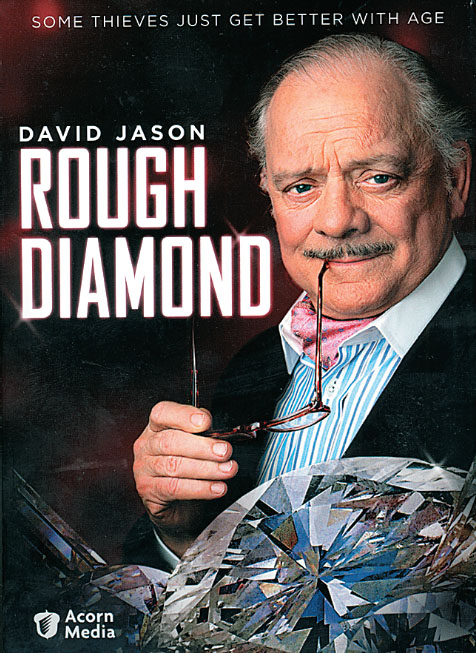
Reopened? That isn’t nearly saying it. The London Transport Museum is a smart, bold and lively revitalization that has transformed the bones of the old institution to create something vitally different. This sophisticated emporium of living history has changed without losing its identity, and now makes visionary use of its magnificent space. The new Transport Museum is an absolute prize.
There are surprises before you even get inside. Visitors enter the new museum through a narrow forecourt, passing under a bower of jagged neon arches, eyes drawn to a glowing red emblem on the far wall. At first this appears to be a thumping heart—it sounds like one, emitting a steady digital beat—but it is in fact a throbbing map of London. Here is the great theme of the new museum, vividly broadcast: transport as the arterial web, the connective tissue of modern urban life.
[caption id="JasononaLarkScottishSnowdropsandLondonTransport_img2" align="aligncenter" width="678"]
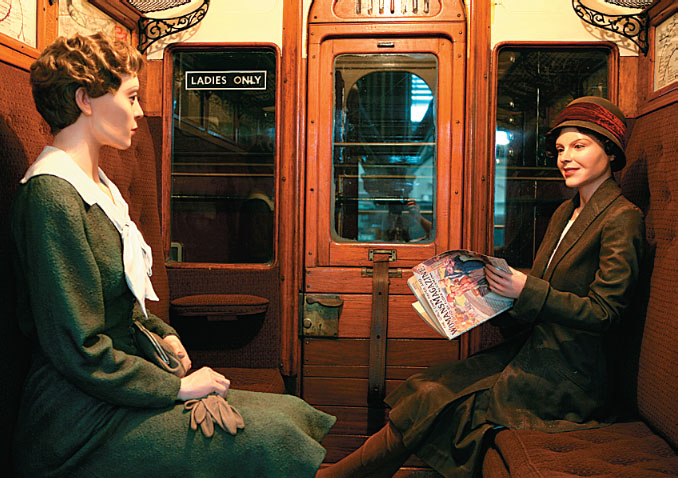
COURTESY OF LONDON TRANSPORT MUSEUM
This dynamism of style is everywhere on display. For example, the tour now begins with a journey, an elevator ride into the past. You go up to the museum’s top floor, where interactive consoles explore early horse and river travel. Having risen, you then descend in stages through the openness of the flower hall, traveling forward in time as galleries chronicle the explosion of London into a seething megalopolis, its outward push made possible by countless innovations in transportation. Along the way are old favorites: steam trains, carriages, and a squad of buses to clamber around, populated with the same charming mannequins. But the new museum also features the latest whiz-bang curatorial tricks.
Interactive touch-screen kiosks allow visitors to search through the timelines of transport. They can race around the Underground in a Tube train simulator—and with no delays. Children are catered to with tasks, games and “learning zones.” Best of all, and the centerpiece of the collection, is a towering digital map of the city called “Connections” that combines 3D technology and loads of data to reveal—in real time—how Londoners are moving around their city. It’s so very Doctor Who.
Finally—or firstly, depending upon your idea of culture—no visit to the museum is successful without alighting at the new bar/café with its menu of rail-themed cocktails. So go and enjoy this shrine reborn, especially on those swinging Fridays when they’re open until 9 p.m. Just don’t down too many “Anoraks” before hitting the Tube train simulator.
Charles Case
Book
Cavalier: A Tale of Chivalry, Passion, and Great Houses, by Lucy Worsley, N.Y., Bloomsbury, 2007. 265 pages, $29.95.
WILLIAM CAVENDISH LIVED from 1593 to 1676. After his years of education, he became in 1638 the governor of the Prince of Wales and a privy councilor. In the English Civil War, he supported the Royalist cause, using his great wealth to raise and lead troops in the northern counties. At first, Cavendish’s troops did well, but they lost at Winceby to Oliver Cromwell in 1643 and again at Marston Moor in 1644. Upon the monarchy’s defeat at Marston Moor, Cavendish fled to the European continent, returning only when Charles II was restored to the throne.
Cavendish had multiple estates (restored by the new king after Cavendish’s return) and became Duke of Newcastle in 1665. In his later years, he mostly avoided politics, but wrote several plays and books on horsemanship. For many years, he served as a patron for several authors, among them the playwright Ben Jonson and poet John Dryden. His second wife, Margaret, also wrote poems, plays, essays, scientific treatises and other works.
Lucy Worsley’s book Cavalier grew out of her doctoral dissertation on Cavendish and, as such, has both the strengths and weaknesses of such a work. At times, in fact, the writing seems needlessly detailed, as when she takes nearly 80 words to describe the nitty gritty of a servant’s work in a Cavendish kitchen: “The pantler, in charge of the bread supply, fetches loaves from the pantry. He places fine white ‘manchet’ bread (sometimes made richer with eggs or butter) on the upper table, and ‘cheat’ or brown bread on the lower tables. A fifteenth-century book of manners has some words of advice for a pantler: ‘look that your napery be sweet and clean, and that your table-cloth, towel, and napkin be folded exactly, your table-knives brightly polished, and your spoon fair washed.’”
Besides occasionally dry passages, Worsley also retells virtually every historical event in the present tense. In the opening scene of her book, this stylistic quirk gives the death of Cavendish’s father a lively turn. By the second chapter, however, the constant use of the present becomes a tad distracting.
[caption id="JasononaLarkScottishSnowdropsandLondonTransport_img3" align="aligncenter" width="461"]
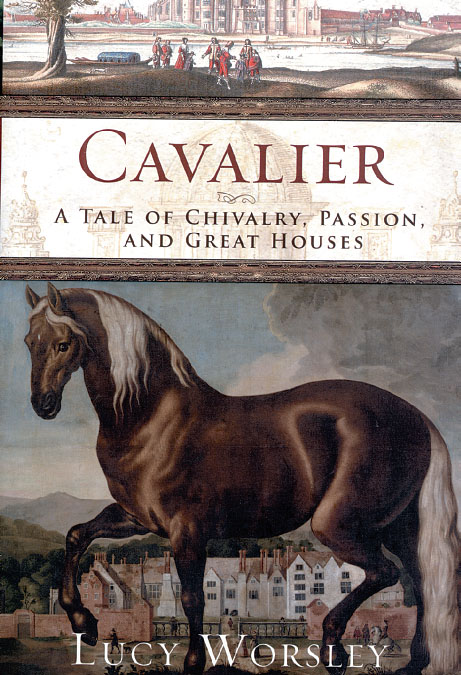
Fortunately, however, the book is clear and well-organized. Worsley portrays the life and times of Cavendish with enthusiastic vim and vigor, focusing on what life was like for a wealthy man blessed with royal favors—a life full of grand buildings, fully staffed houses and court intrigue. We learn, for example, that in the 1600s English architecture was only beginning to use the precise drawings that architects (and clients) insist upon today before laying even one stone or brick. We learn too about another innovation of the 1600s, introduced to the English by Thomas Coryat, who “brought back news of the table fork from Italy.”
If you are a general reader looking for just an overview of the English Civil War period, Cavalier is not for you. However, if you want to delve deeply into a wealthy man’s day-to-day personal and political dealings during the tension-filled decades of the Roundheads and Cavalier conflict, this volume will suit you just fine.
David Langley
[caption id="JasononaLarkScottishSnowdropsandLondonTransport_img4" align="aligncenter" width="494"]
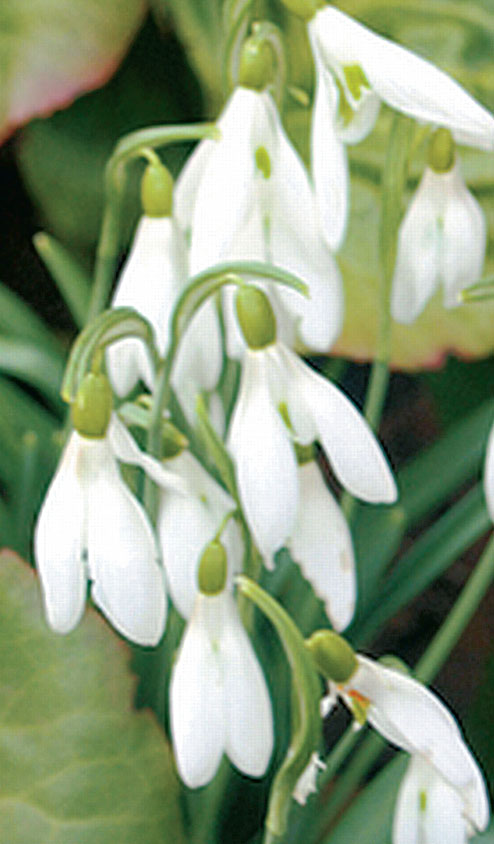
YVONNE HORN
Festival
The Scottish Snowdrop Festival
SNOWDROPS, THE LITTLE delicate bell-like flowers that pierce the cold earth with the good news that winter’s days are numbered and spring is around the corner, have hit it big in Scotland. In 2007 Scotland’s Garden Scheme and the National Trust for Scotland along with VisitScotland launched the first ever Scottish Snowdrop Festival and Trail. Sixty snowdrop-swathed venues signed up—castles, estates, private and public gardens—representing every region of the country.
All the locations have graciously agreed to open their gates from the first of February until mid-March, a time when many of the venues are traditionally closed, so that visitors might tiptoe through the snowdrops carpeting their woodlands.
Many gilded the financial lily of simply allowing visitors to walk about for a price—usually £4 with snowdrop talks, snowdrop plant sales, art shows featuring snowdrop subject matter, gift shops showcasing local snowdrop-inspired creations, snowdrop photography competitions and the installation of snowdrop-visitor-reviving tea rooms serving up warming soup and little cakes.
In 2008 the successful performance was repeated, with the word “annual” now confidently added to the festival’s name. The quietly long-loved snowdrop had come into its own, with “galanthophiles,” as snowdrop enthusiasts are known, converging from far and wide to revel in woodlands’ massed displays and search out rare varieties from specialist collectors. Galanthophiles have identified 19 species, a handful of natural hybrids and some 700 varieties in the snowdrop family.
Cambo Estate, the 17th-century home of the Erskine family near St. Andrews, with its grand manor house and 70 acres of woodlands, can be credited for the festival’s existence. Thirty years ago, the current Lady Erskine took on the task of restoring the estate’s walled garden. Looking for funds to buy plants, Lady Erskine began to sell autumn-dug snowdrop bulbs by the tray. The fame of Cambo snowdrops spread, with hundreds showing up at the gates in February and March to drop four pounds in the estate’s “honesty box” for the pleasure of oohing and aahing over the woodland’s stunning display. Year by year, enhancements were added until Cambo found itself with a full-fledged Snowdrop Fair.
Other woodland owners, noting Cambo’s success, jumped on the snowdrop bandwagon with their versions of a fair. Taking note, Lady Erskine proposed bringing all of the owners of snowdrop woods and gardens under one umbrella to promote a Snowdrop Festival and Trail throughout Scotland. In its first year, the festival enticed some 7,500 visitors to come wander through the woodlands. The annual Scottish Snowdrop Festival and Trail was off and running.
For news of 2009’s festival, dedicated galanthophiles, and those just wanting to see Scotland emerge from winter grayness into swaths of snowdrop springtime splendor, should watch the festival’s Web site at www.visitscotland.com/snowdrop-festival.
Yvonne Horn Book
Book
Shakespeare the Lodger: His Life on Silver Street by Charles Nicholl, Viking, N.Y., 400 pages, hardcover, $26.95.
IT IS NOT OFTEN that a genuinely new angle on William Shakespeare comes to light. Charles Nicholl has found one, mining the text of a deposition Shakespeare gave in the Court of Requests at Westminster in 1612. Though we have the Bard’s plays and poems, the text of the court testimony, which Shakespeare’s signature authenticates, is in fact the only existing record of his actual spoken words.
The matter that called Shakespeare to court was a family dispute concerning an unpaid marriage dowry. Shakespeare had been a lodger in the home of the Mountjoy family on Silver Street in Cripplegate, where the marriage was arranged in 1605. In a piece of incredibly detailed historical detective work, Nicholl unpacks the text of the witness’ words for every insight and clue into what his life would have been like as a border in the Mountjoy household at the time, detailing all the everyday experiences that may have made their way as influences into his work at the time on such plays as Measure for Measure, Othello and All’s Well That Ends Well.
[caption id="JasononaLarkScottishSnowdropsandLondonTransport_img5" align="aligncenter" width="678"]
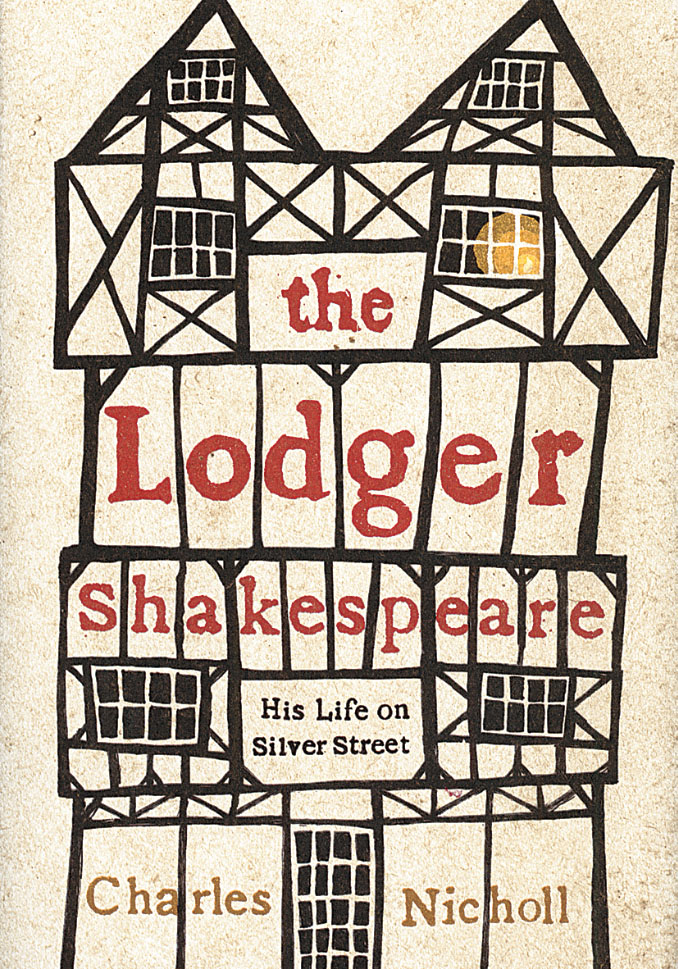
Nicholl’s scrupulous poking results in a delicious portrait of London’s ordinary people, street life and the theater scene in 1605. The narrative can be tedious in spots, but the emerging picture of Shakespeare’s world makes the read more than rewarding.





Comments